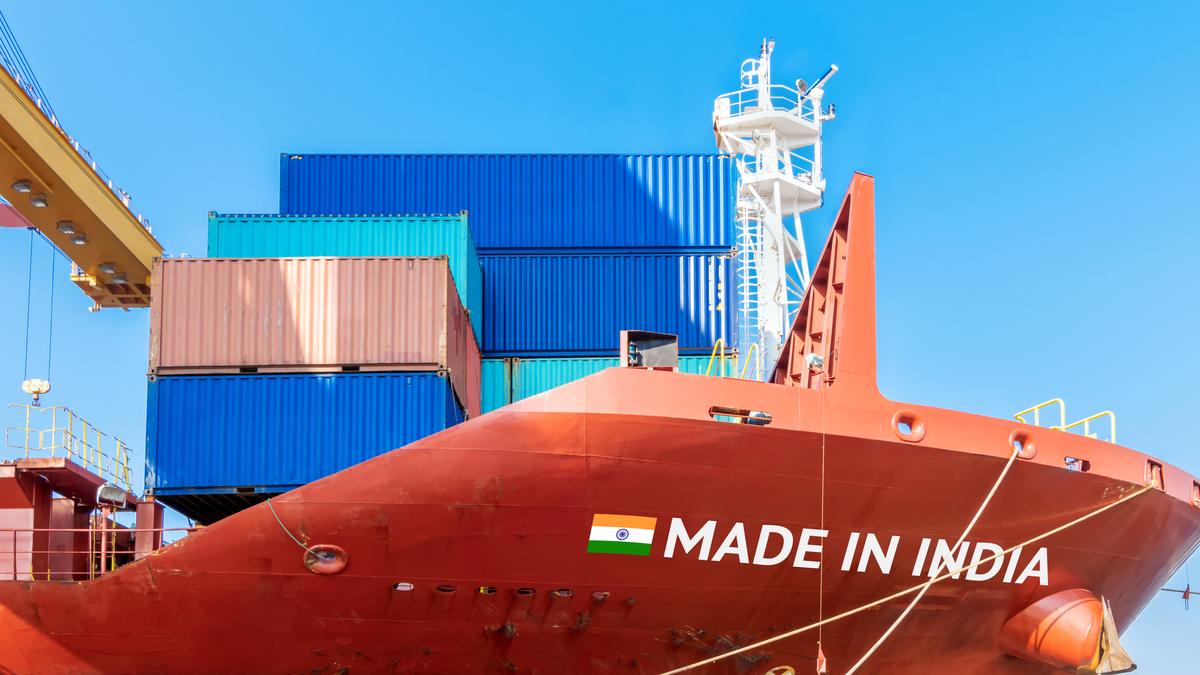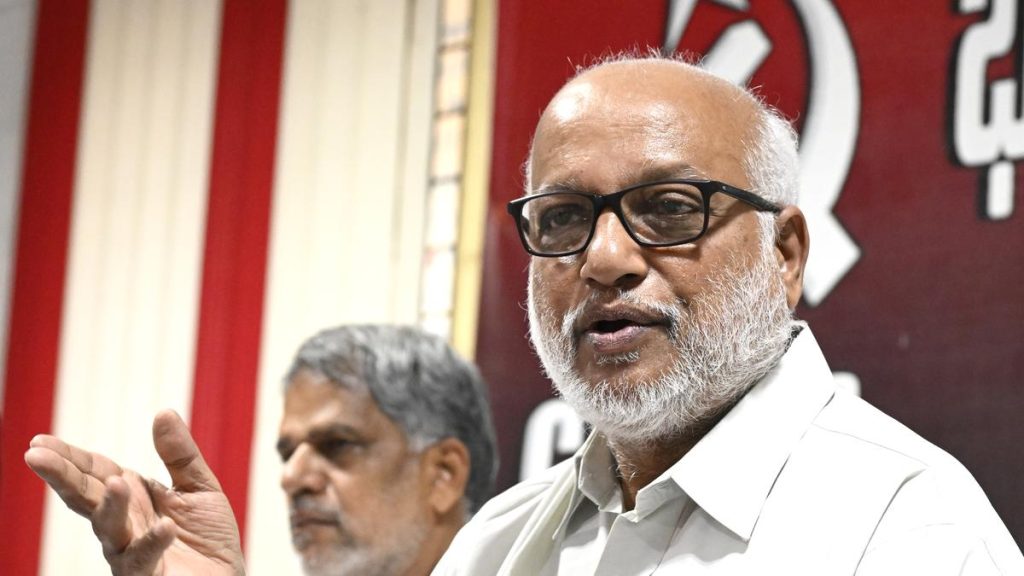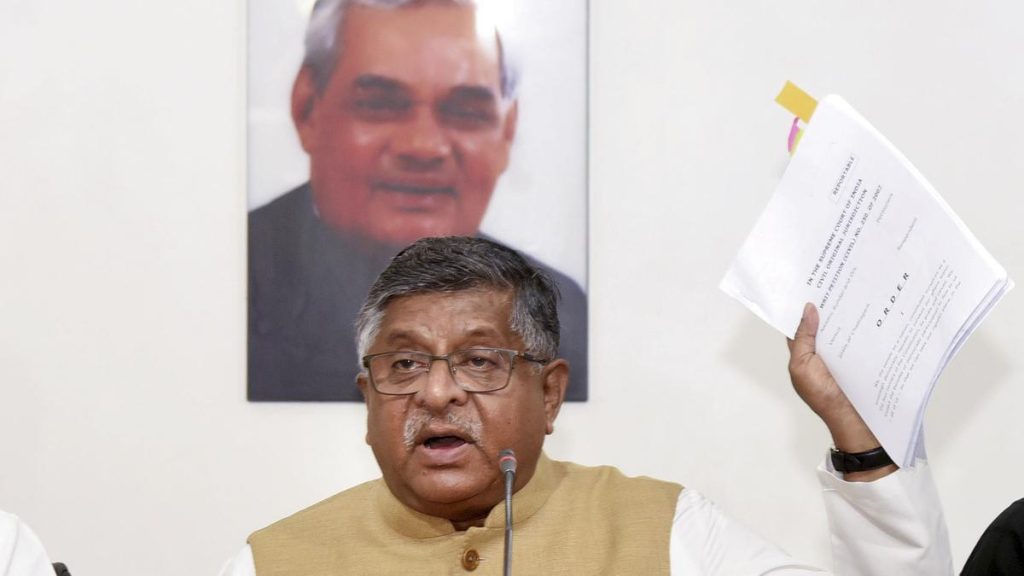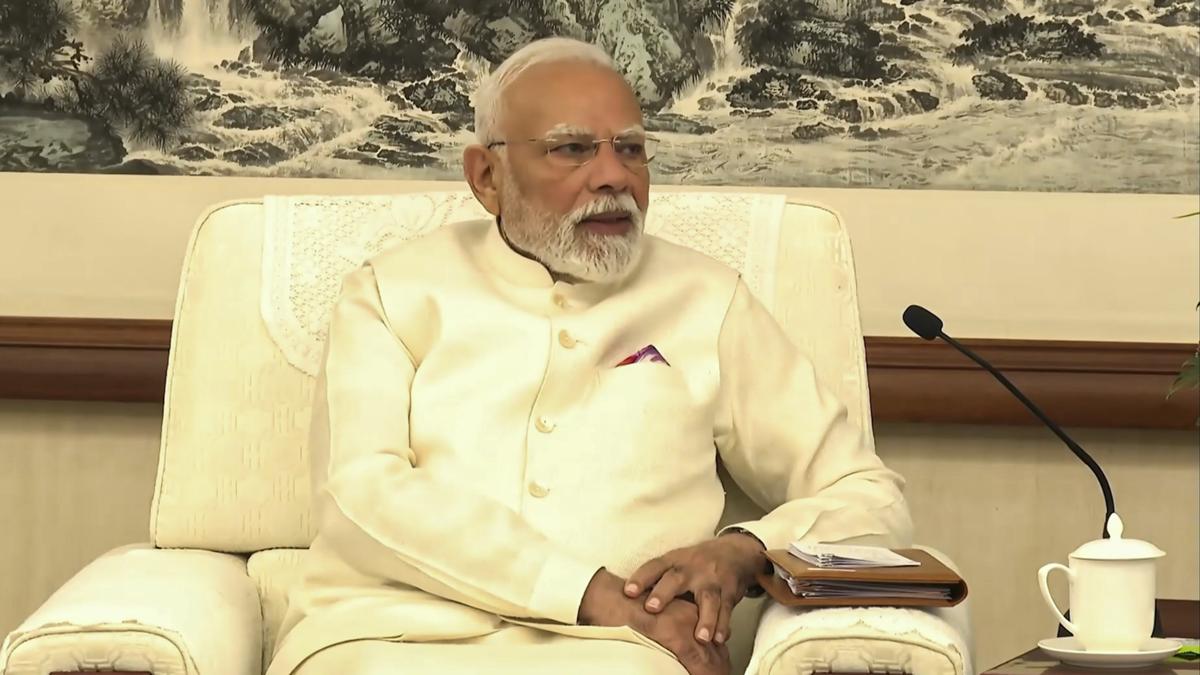Now Reading: Government Plans Action to Ease Exporters’ Liquidity Woes, Sustain Orders
-
01
Government Plans Action to Ease Exporters’ Liquidity Woes, Sustain Orders
Government Plans Action to Ease Exporters’ Liquidity Woes, Sustain Orders

Fast Summary
- The Government of India has devised a short-, medium-, and long-term action plan to address U.S. tariff escalation on Indian exports.
- Short-Term Measures: Relief for exporters through liquidity support, compliance simplifications, and maintaining order levels in vulnerable sectors like SEZ-based units.
- Medium-/Long-Term Measures:
– Leveraging Free Trade Agreements (FTAs) for export diversification.
– Enhancing supply chain resilience and exploring new markets.
– Introducing easier inter-state movement, GST refunds, and logistics reforms like e-commerce export hubs.
– Revising Export Promotion Mission schemes such as ‘Niryat Protsahan’ (export financing support) and ‘Niryat Disha’ (market access).
- Launching “BharatTradeNet” (BTN), a unified digital trade infrastructure ensuring legal recognition of electronic trade documents in line with global norms.
- Export promotion bodies highlighted risks associated with delayed payments, liquidity crunches, canceled orders, and the potential impact on labor-intensive exports.
Indian Opinion Analysis
The government’s comprehensive response to the recent U.S.-India tariff escalation reflects a proactive approach to shield India’s exporters from immediate economic disruption while fostering competitiveness in the long term. Immediate liquidity measures aim to mitigate employment risks in vulnerable sectors such as SEZs that are heavily reliant on foreign trade. The emphasis on diversifying export markets underscores an effort to reduce dependency on single-country demands-an crucial strategic pivot given fluctuating global tensions.
The inclusion of digital solutions like BharatTradeNet suggests an effort toward modernization that aligns with international standards-a step vital for easing bureaucratic bottlenecks faced by exporters. Additionally, leveraging existing FTAs demonstrates India’s intent to optimize its trade partnerships effectively while formulating policies that enhance self-reliance within key industries. If executed thoroughly across ministries as envisioned under this multi-tiered framework,these steps could stabilize short-term disruptions while positioning India stronger within global value chains.
























